Warm, Forward & Blue – iFi Hip DAC / AMP
iFi Hip DAC is a very pocket-friendly DAC/AMP from the UK-based producer iFi, and it comes with a full feature set, including a beautiful design, and is priced at 150 USD, making it one of the most affordable DAC/AMPs out there. It will be compared to Earmen TR-AMP, Earstudio HUD100, FiiO BTR5, and Beam2 from Audirect. The pairing list will include FiiO FA9, oBravo Cupid, Final Audio B3, and Meze Rai Penta.
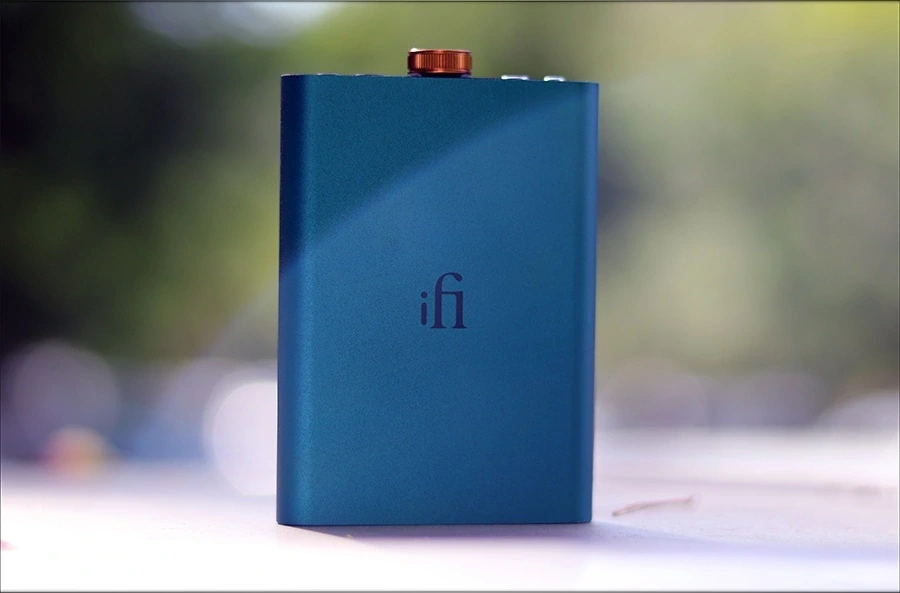
Introduction
iFi decided to redesign their entry-level DAC options, and this is how they created the Hip Dac looking like a Flask. It replaces the older iDSD Nano Black Label which I reviewed, and it comes with a better overall ergonomic, shape, and improved sound. It also comes in blue, but it still received the outstanding support from iFi, and like all of their products, has a good price / performance ratio. iFi is excellent to work with, a trustworthy company, and even in the days of Brexit, they are still reliable and won’t let you down.
It should be noted that I have absolutely no affiliation with iFi. I’d like to thank iFi for providing the sample for this review. This review reflects my personal experience with the iFi Hip Dac. Every opinion expressed is mine and I stand by it, the purpose of this review is to help those interested in iFi Hip DAC find their next music companion. Since I reviewed many competitors as well, this review isn’t trying to sell the Hip DAC to you, but rather trying to help you decide on what is the best choice for you, based on pairings, comparisons and descriptions.
Product Link
You can get the Hip Dac from www.amazon.com here: https://www.amazon.com/iFi-Hip-dac-Portable-Headphone-Balanced/dp/B0842W67F1/
Packaging
First things first, let’s get the packaging out of the way:
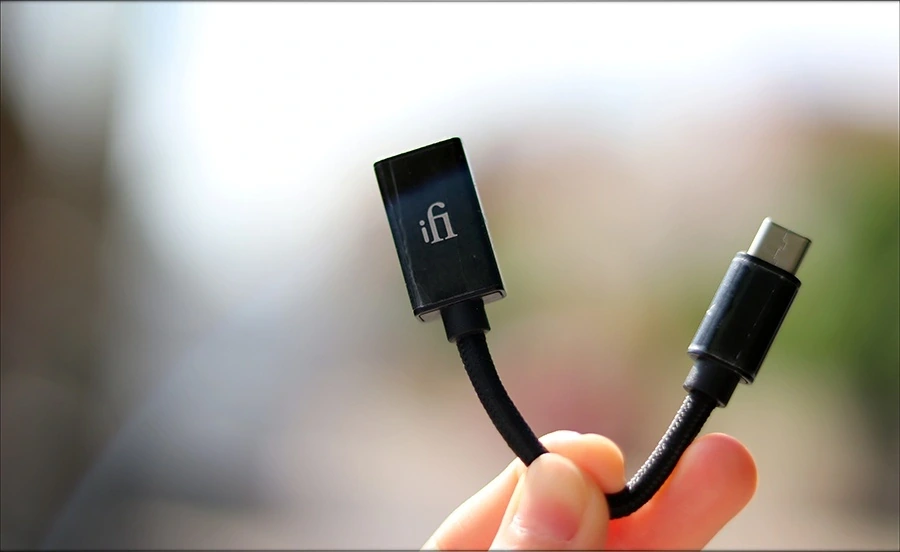
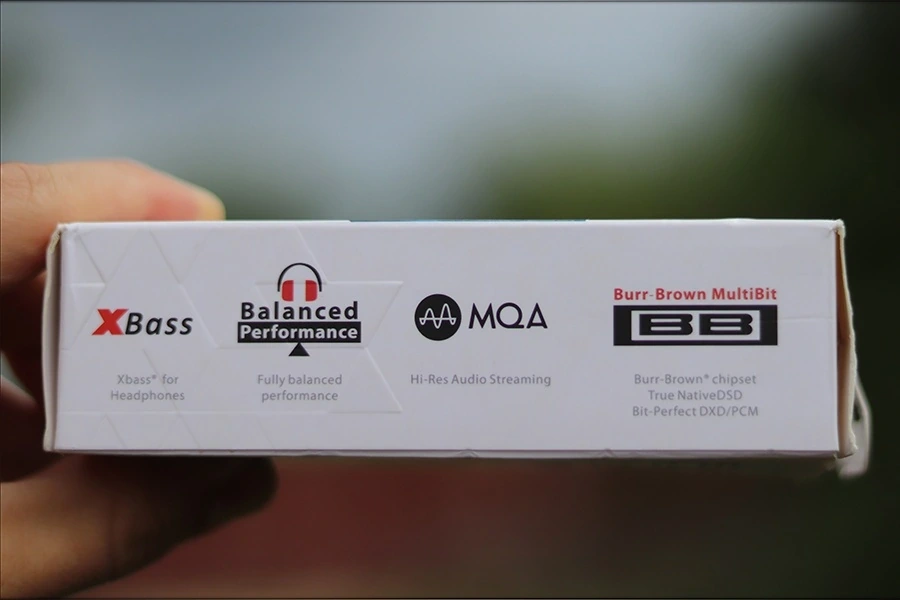
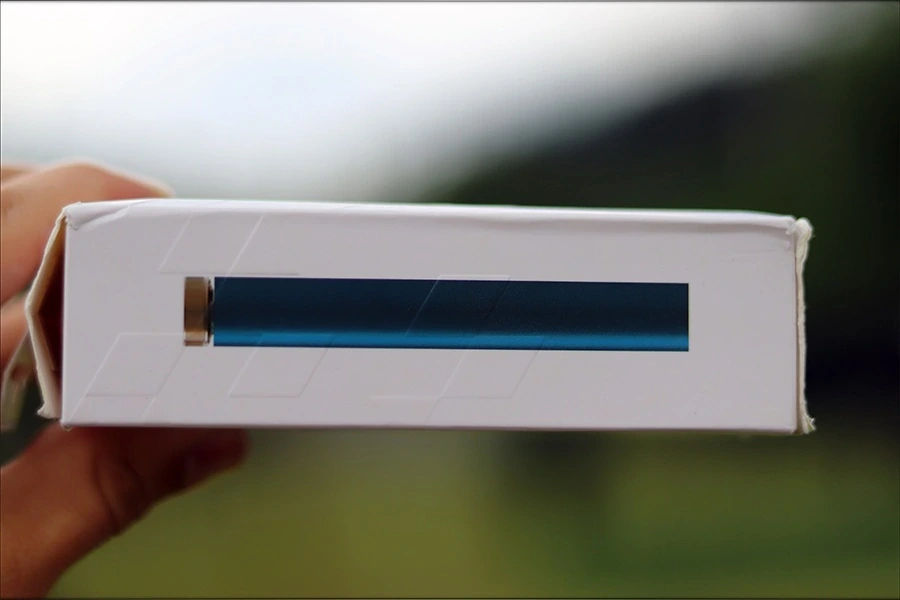
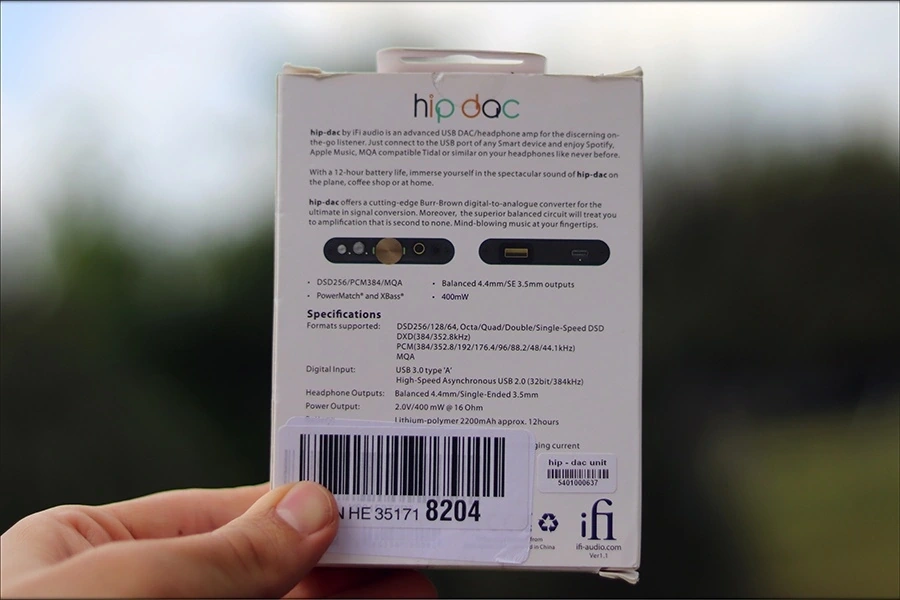
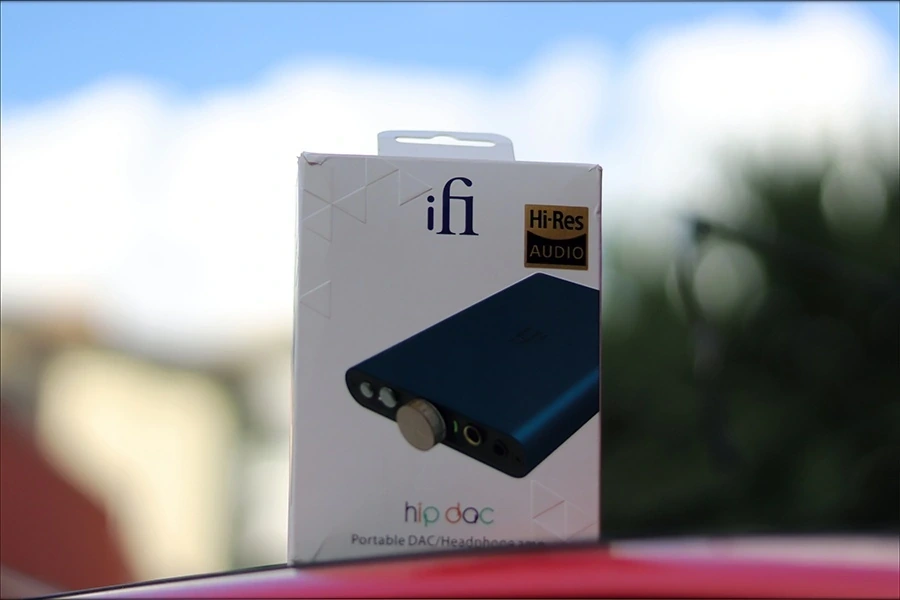
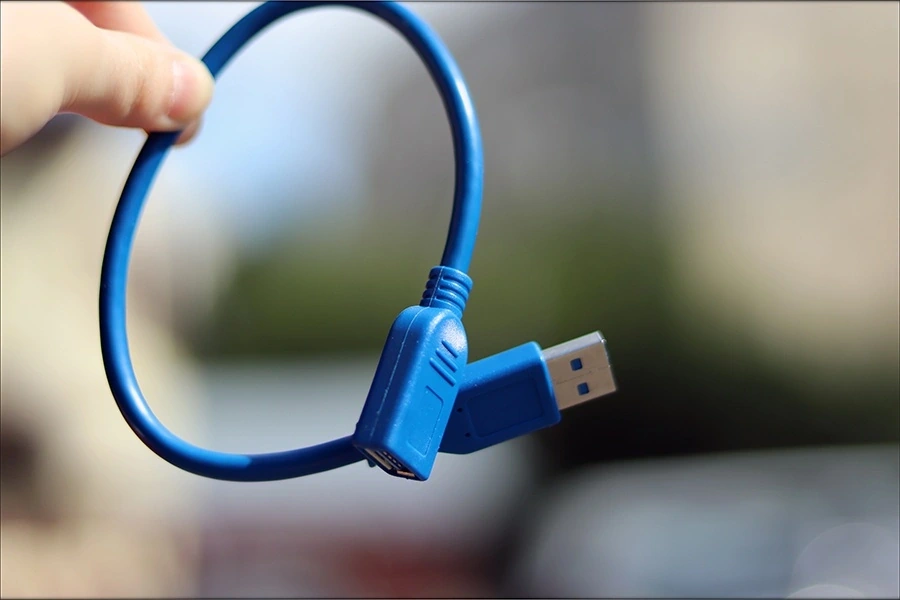
The package of the Hip Dac is pretty great, although it is not quite as good as the original iDSD Micro Black Label was. It comes with all the cables you may need to use it, including OTG cables, microUSB cables, Type-C cables, and a cable for your windows computer. All in all, this is a great package, and the only thing that could be missing from it is a pouch.
There are rubber feet included in the package too, but no straps, so strapping the Hip Dac to your smartphone will require you to either purchase some rubber straps, or double sided velcro.
The Hip DAC has just the right power for IEMs, and not for Headphones, and it will require you to use a smartphone as a source, since it won’t have a power deliver quite that larger compared to the average DAP.
Build Quality/Aesthetics/Functionality
The overall impression that the Hip Dac leaves is that of a really solid device. It is made of metal, has a beautiful blue / cyan color, and it has a type-C port, a USB Type-A port, at the back, and a volume wheel, two buttons and two headphone outputs at the front.
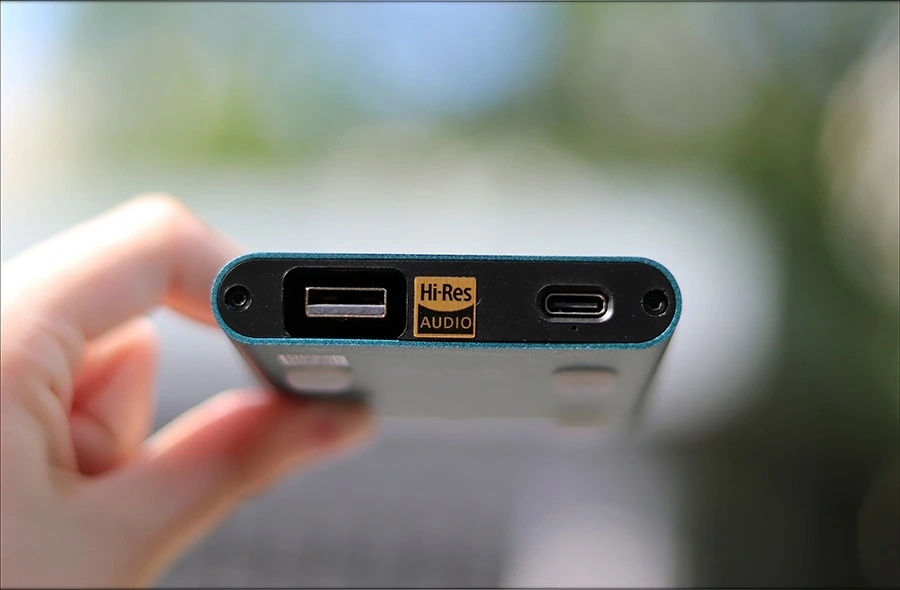
The tech inside is impressive, but what is more impressive is that iFi still supports all of their features with the entry-level ones. The larger iFi devices have those X-Bass and 3D features, and they kept the X-Bass on with the hip Dac. I love it, and for those IEMs that are brighter, it is a total win.
There’s also a balanced output this time around, and Hip Dac comes with S-Balanced, basically delivering the same performance over Balanced as it does over Single Ended.
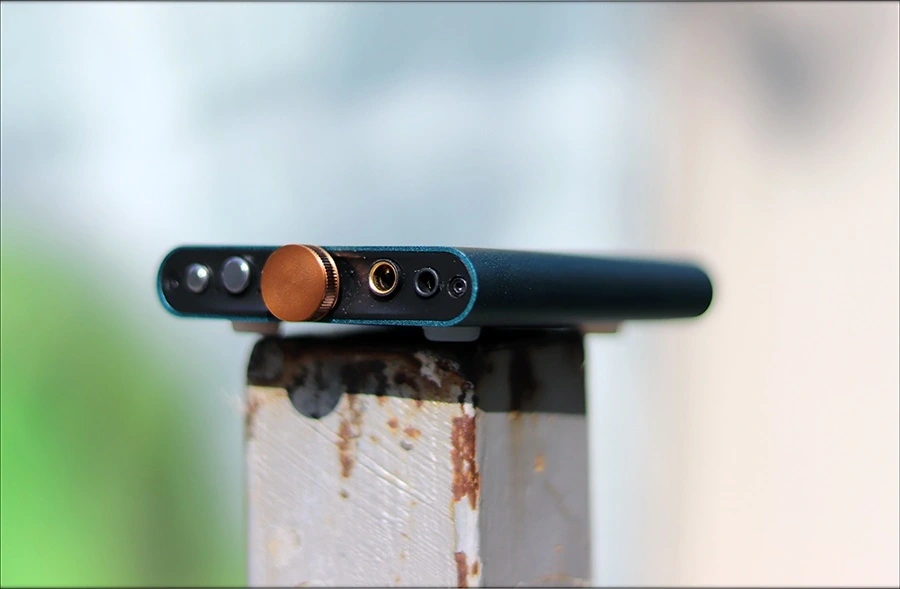
We get MQA, we get DSD decoding even on Mac and Linux, and we get the GTO Filter that’s first been introduced with Pro iDSD. All of this is tech talk, and I would rather tell you that the Hip Dac has about 400mW on 32 OHM, on balanced, and 280mW at 32 OHM on SE. This is enough to drive most IEMs, but despite iFi’s very courageous claims, I wouldn’t recommend Hip DAC for Sundara or anything harder to drive than it. Technically it has enough power, but it lacks control and it doesn’t sound proper anymore at really high volumes, so for best experiences I would stick with either easy to drive, or medium to drive stuff.
With very sensitive IEMs like the Atlas, there’s some hissing, so please keep that in mind as well, if you plan on getting it for something like FH7 from FiiO.
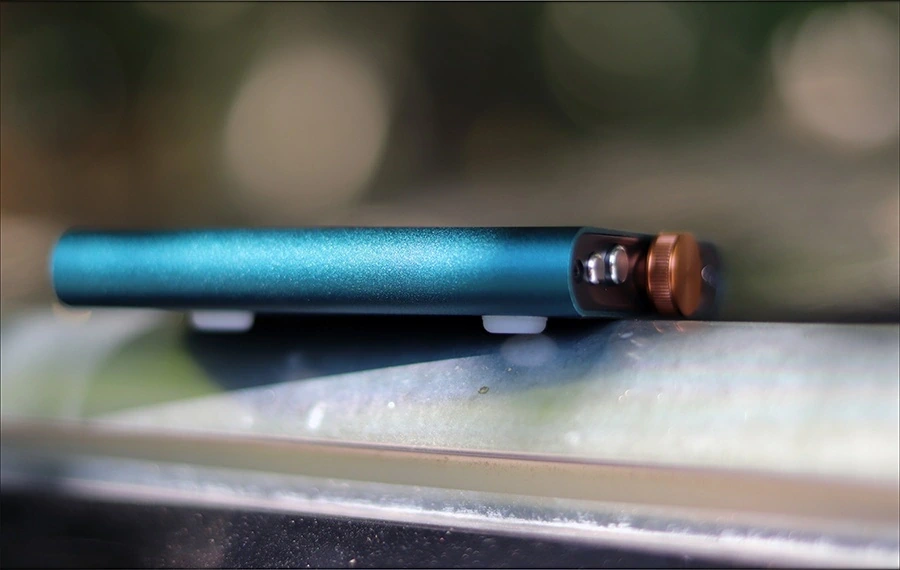
The battery is not very large, it is a Li-Poly of 2200mAh, which is less than half of what Xiaomi puts in their Note 9S smartphones. It achieves around five to seven hours, which is not great at all, being less than I find ideal. I tested it fairly loud, so it may last you up to 8-9 hours if you listen really quiet. The battery can be charged in about two hours, which is once again quite slow.
The volume control acts as an off/off switch, and it offers good control, with very little channel imbalance. Being analogue, it has some minor volume imbalance, but after 9 o’clock it is not noticeable.
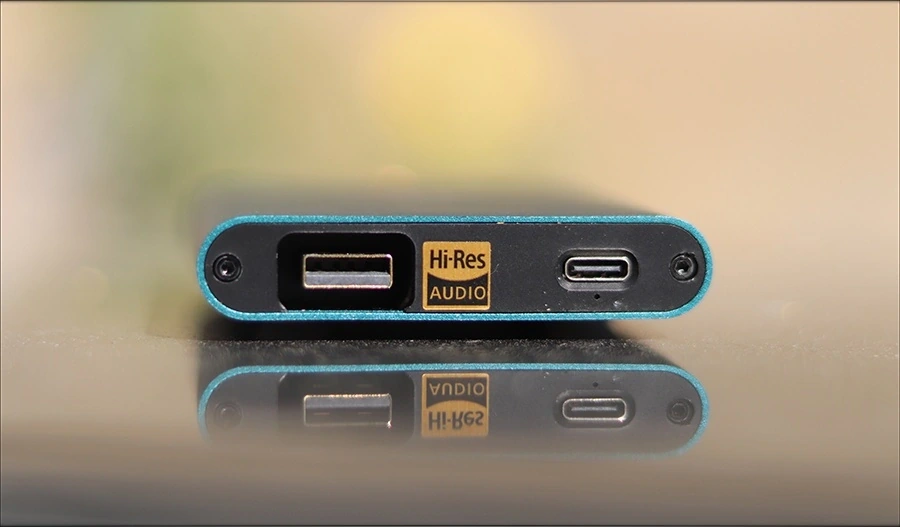
The Power Match button basically switches it between low and high gain, but the low gain doesn’t have a blacker background, nor does it seem to have any advantage, so I always stick with high gain.
Overall, the device is made nicely, with good design and good features, but the battery life is what I would consider a fairly serious drawback, on an otherwise fairly well-balanced device for 150 USD.
Video Review
Sound Quality
The overall sonic signature is warm, slightly thick, with a forward midrange and a a forward but smooth treble. This pairs exceptionally well if you want a relaxing source, something that sounds natural, and it has good dynamics, as well as a fairly good impact, making the Hip Dac ideal for bright and shouty IEMs / Headphones. Depending on what you’re coming from, it may seem a bit forward, and also as wide as it is deep.
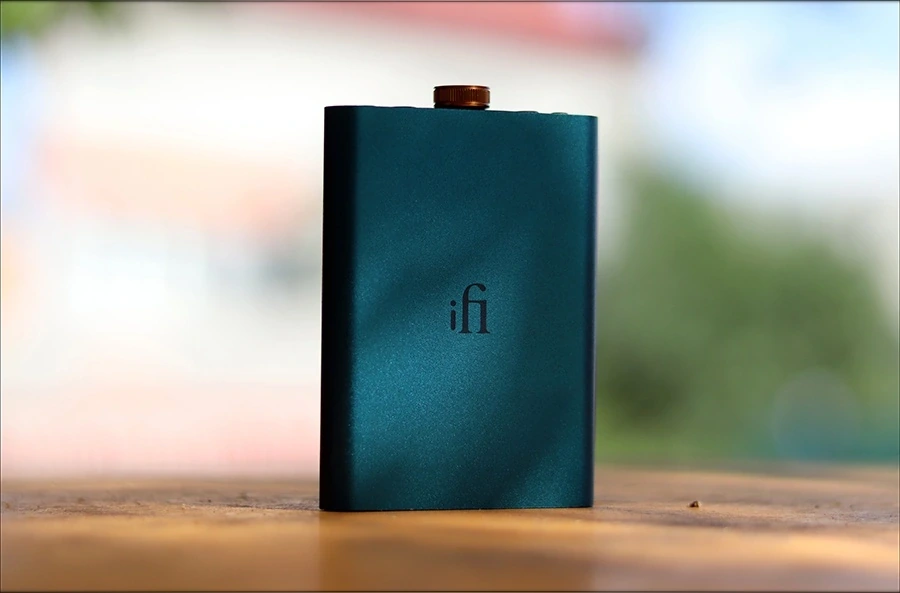
It doesn’t sound as detailed or as crisp as the xDSD, and it is not quite as laid back as the original iDSD Micro Black Label. It is a good step-up in terms of clarity and performance compared to the original iDSD Nano Black Label, all while keeping the same overall signature.
The bass is the best part of iFi Hip DAC’s sound. There’s a tiny bit of roll-off in the lowest octaves, but has good substance in the main bass. There’s a good amount of thump and impact, and it can drive most entry-level headphones nicely. Especially with headphones and IEMs that have a somewhat anemic bass, or a bright tuning, the X-Bass can be a life saver, so for UFO Ears 112, Soundmagic HP1000, and even for oBravo Cupid, the Hip Dac is perfect.
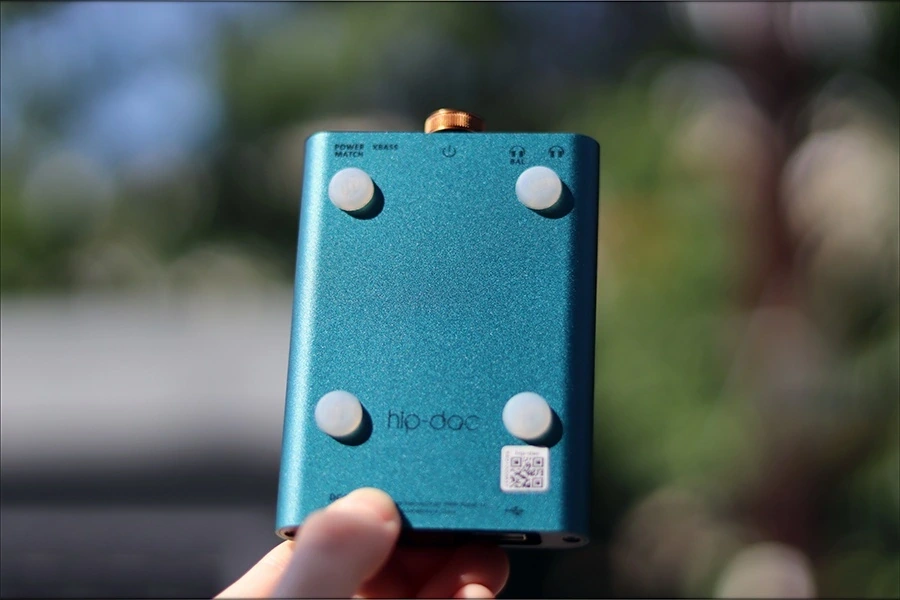
The midrange is forward, punchy and aggressive, but also extremely detailed. The soundstage is very much a sphere, with excellent acoustic clues to height, depth, width, everything can be pinpointed to where it came from, and music itself is quite vividly presented. The midrange sounds ever so slightly thick, but aggressive. I was taken by surprise by its detail and substance, but also by the imaging the Hip Dac is able to pull, presenting things not holographic, but live.
The treble is actually in contrast with everything else, because where it is also a bit forward, it lacks grain and can be extremely smooth, lacking in edge and bite. It is forward in quantity, and presented as a major part of the sound, but it doesn’t have a lot of texture. It is a bit similar to the treble of the iDSD Micro Black Label, which was never edgy or strong in the treble, but still a forward treble.
Comparisons
I will be comparing the Hip Dac to the HUD100, Earmen TR-AMP, Beam 2 from Audirect, and FiiO BTR5. It may seem unfair, but all of those are at the same price, or priced lower than the Hip DAC, so all of them should be on your radar, if you have the budget to purchase a Hip DAC.
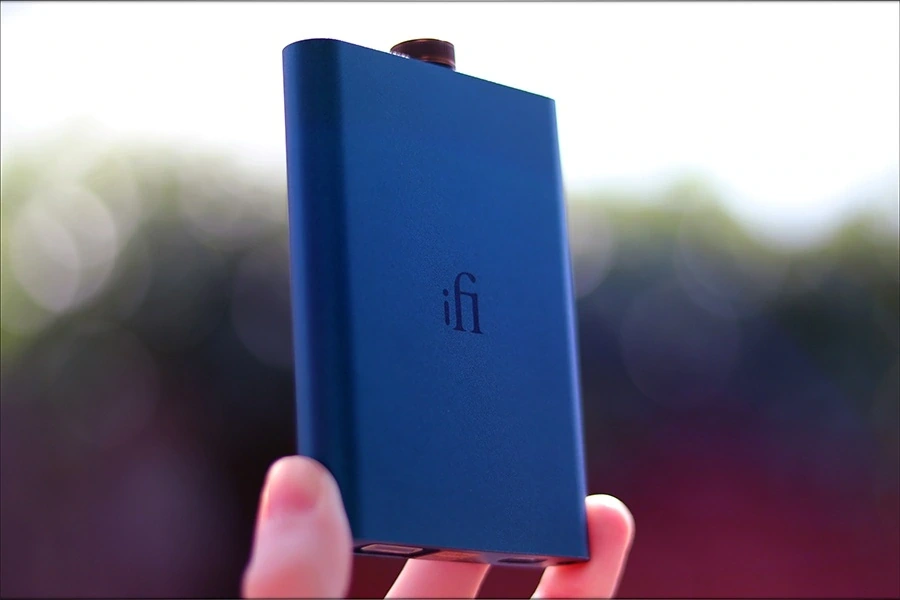
Since there are many comparisons, and much more that you’d probably want to hear about, please leave a comment if you’re curious how the Hip Dac compares to something.
iFi Hip DAC vs Earmen TR-AMP (150 USD vs 250 USD) – TR-AMP doesn’t have balanced, but it can get much louder with lower distortions than the Hip DAC. The TR-AMp sounds more natural, more even, with a more neutral midrange, and with a more natural treble. The Hip DAC sounds more focus, with a more intimate soundstage, it has a warmer bass, warmer midrange, and a smoother treble. The Hip DAC is better with bright and shouty IEMs, where the TR-AMP is more of a natural DAC/AMP that works with everything out there.
iFi Hip DAC vs FiiO BTR5 (150 USD vs 110 USD) – FiiO BTR5 has a bit less power than the Hip DAC, both on paper and in practice, but BTR5 has bluetooth, many usage scenarios, and is more silent with hiss-sensitive IEMs. In fact, I would say that it is a bit more versatile, if you don’t mind the lowered driving power of BTR5. The Hip DAC sounds warmer, more intimate, but deeper, it sounds more forward, has more attack, and feels smoother in the textures.
iFi Hip DAC vs Earstudio HUD 100 (150 USD vs 180 USD) – HUD100 has a major handicap in terms of driving power and it is mostly enough for IEMs, but there’s an Earstudio MK II out there which I will be reviewing really really soon. On this note, Hip DAC has much more driving power, sounds warmer, but also more intimate, with a deeper soundstage. The Hip DAC sounds more forward, has more punch, and more dynamics, but also smoother in the textures. The HUD100 tends to have a slightly better texture, with more clarity, a more musical presentation, and despite the lower power, where it can drive something, it has better control.
iFi Hip DAC vs Audirect Beam 2 (150 USD vs 180 USD) – The Beam 2 is a bit warm by itself, but by comparison, it sounds more open, more vivid, brighter, and cleaner than the Hip DAC. Despite them having slightly different driving power on paper, they are similar in practice, especially once you par both with Deva and push turn both almost to their MAX. Beam 2 drains your phone’s battery, while Hip DAC has one of its own, but not with a long life.
Pairing
The pairing list has been tailored to the Hip DAC, since I managed to find a few IEMs that paired really nicely with it. Those are the mighty FA9, oBravo Cupid, Meze Rai Penta, and Final Audio B3.
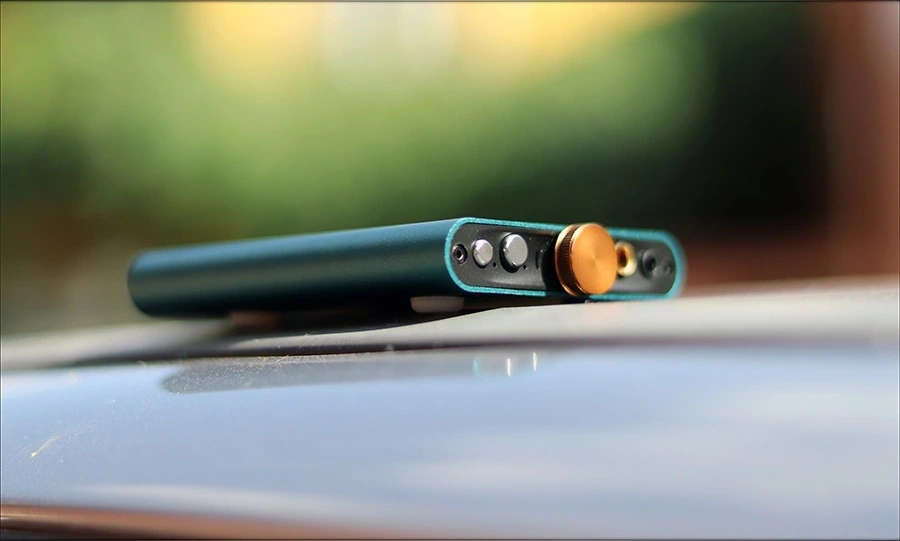
All of those make really interesting pairings to explore the strengths and weaknesses of the Hip Dac, but it should do just well with the likes of Brainwavz Alara, Ultrasone Signature DXP, and even 1More Triple Driver.
iFi Hip DAC + Final Audio B3 – (150 USD + 500 USD) – B3 sounds fairly nice with the Hip DAC, because they are a brighter IEM, and the added bass / substance from the X-Bass totally improves things when I want to indulge a bit in my bassheads needs. The overall pairing is wide, but also deep, has a good amount of energy and is more forward than B3 usually is, sounding really close to what I would call “live”, and reminding me of all the awesome concerts I was able to attend before.
iFi Hip DAC + FiiO FA9 – (150 USD + 500 USD) – FA9 is warmer, but it is one of the IEMs that doesn’t really hiss at all with the Hip DAC. You won’t need the bass boost for FA9, but it is nice to hear the overall clarity and detail of the pairing, and FA9 reveals just how detailed, clear and clean the Hip DAC can be, all while having a tiny bit of added extra substance.
iFi Hip DAC + Meze Rai Penta – (150 USD + 1100 USD) – Rai Penta is actually here because I liked how the Hip DAC makes it a bit more forward, and gives it a bit of extra substance with the Bass Boost. There’s a bit of hissing with this pairing, but the overall sound makes you forget about it, especially since you’re most likely to listen louder than you’d hear the hiss present.
iFi Hip DAC + oBravo Cupid – (150 USD + 300 USD) – The cupid is a rare case that’s quite bright, and which really really needs a boost in the lows. Happily, the Hip Dac has an x-Bass and makes the Cupid sound much more natural, balanced, more detailed and cleaner with the X-Bass enabled. Somehow, having more bass means that I can distinguish details better, that I can hear music cleaner, and it makes the Cupid a much better overall IEM.
Value and Conclusion
The value of the Hip DAC is pretty good, and that’s a huge deal for it. If you have just 150 USD, and want a smoother, warmer DAC that’s still fairly forward, it is a great one to get, with good features, MQA support, and even a Balanced output.
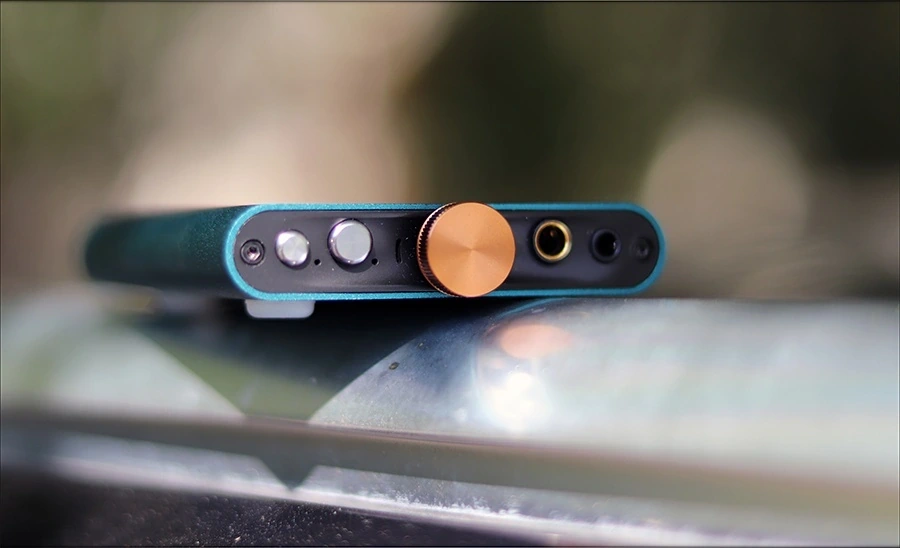
It is a bit of a let down when it comes to the package, especially if you’re looking for a typical iFi package / product, but it still comes bundled with a good amount of cables, has rubber feet, and comes with a much needed adapter cable. It has a male connector, so it needs OTG Female adapters, but happily I found that most OTG adapters on the market are compatible with it.
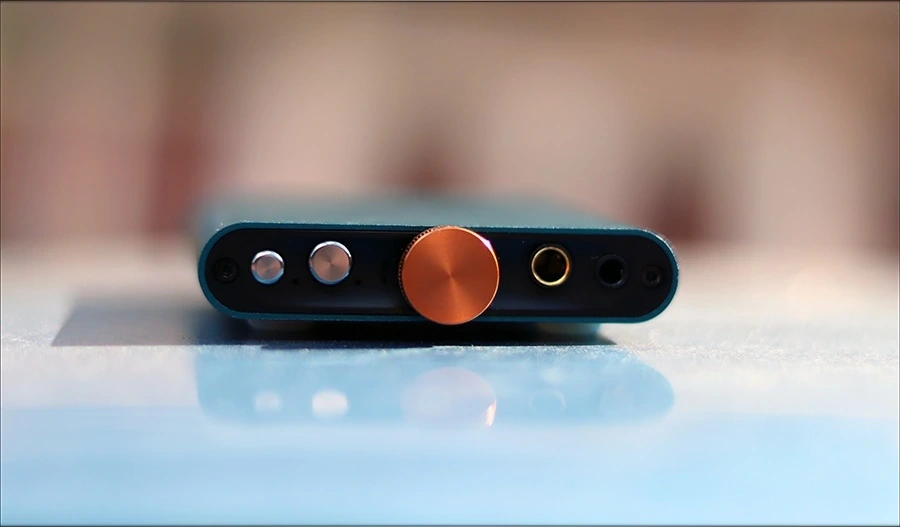
The build is excellent, and the only thing that holds it back a bit is the battery life, which is not great, at five to seven hours being good only for one day of usage. You also need to charge it for two hours to fill its resources, but you can use it while charging, which evens things a bit.
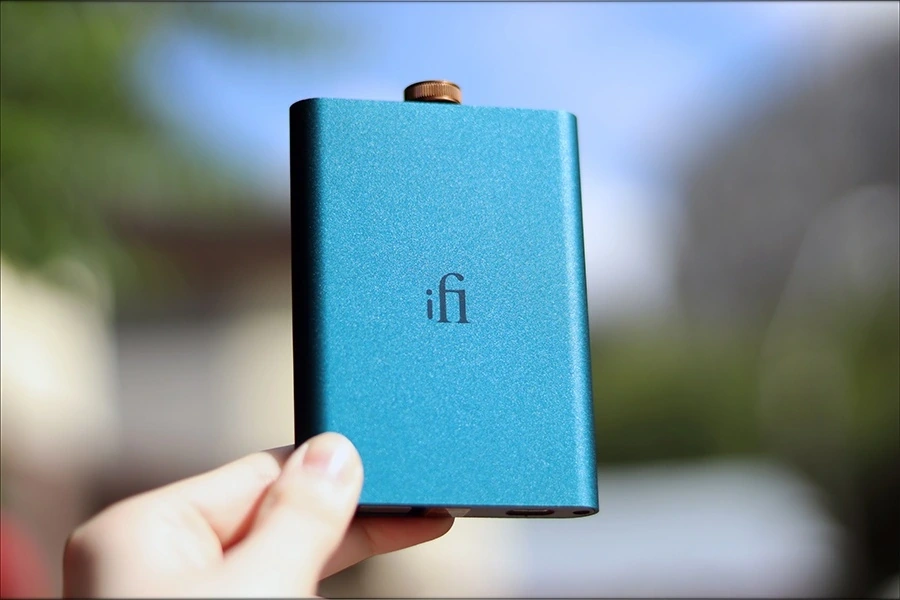
The sound is forward, a bit thick, smooth, and pretty dynamic. With a good amount of punch, and a fairly vivid presentation, it is a great pair for brighter and grainy IEMs / Headphones.
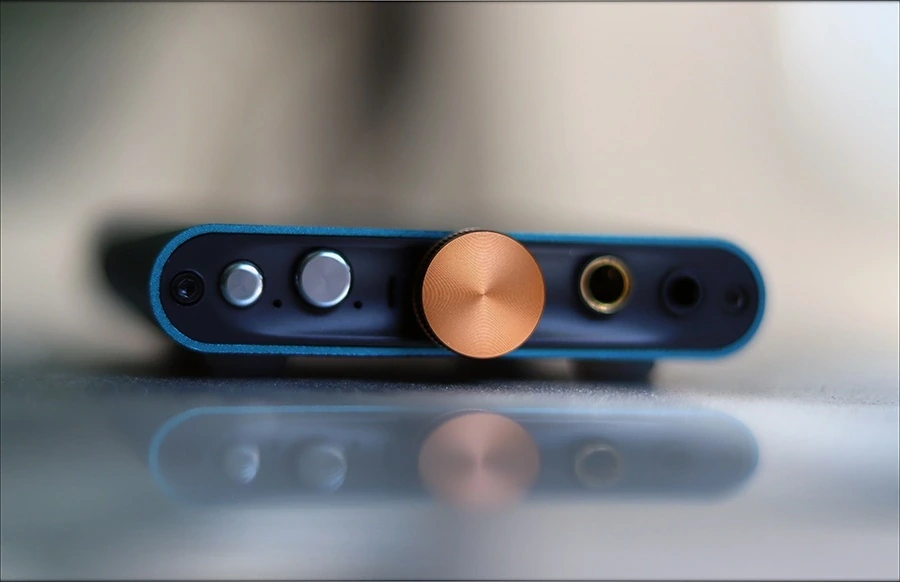
At the end of today’s review, if you’re looking for something forward, if you need a reliable DAC/AMP with MQA, if you want to have an analogic Bass Boost, the iFi Hip DAC is really easy to recommend and one you should totally get to spice up your music adventure!
Product Link
You can get the Hip Dac from www.amazon.com here: https://www.amazon.com/iFi-Hip-dac-Portable-Headphone-Balanced/dp/B0842W67F1/
--- Please remember to stay safe, and always have fun while listening to music!---
- If you have a dime to spare, please donate, and help us! It would make the day brighter for me and my wife-
Full Playlist used for this review
We listened to more songs than those named in this playlist, but those are excellent for identifying a sonic signature. I recommend trying most of the songs from this playlist, especially if you’re searching for new music! The playlists are different for Spotify, Tidal and Youtube, and based on the songs I enjoy and are available on each!
https://www.youtube.com/playlist?list=PL_cjBXGmwSHSdGcwuc_bKbBDGHL4QvYBu
https://open.spotify.com/playlist/5J3oloz8Riy9LxEGenOjQ0?si=979ba4f082414be7
https://tidal.com/browse/playlist/330fd544-8e5b-4839-bd35-676b2edbb3d5
--- Contact Us ---






[…] iFi hip-dac has been a series of happy-looking and colorful DACs, but it seems like the whole series now succumbed to the modern, toned down and sleek aesthetic approach that dominates our world, with a dark titanium color for the new hip-dac3, and similar to how mcdonalds is now not a place for happy children but hungry adults, hip-dac3 is far less hip than it is a proper hifi DAC/AMP for adults who want to blend in. I kind of miss the bright aqua blue of the first hip-dac and the bright autumn rusy leave color of the hip-dac2. This being said, the rest of the design is exactly the same, with hip-dac3 being a sleek, lightweight DAC/AMP, having no sharp edges besides the front and the back edge of the main chassis, both of which have zero chamfer. […]
hi, comparing the hip dac with the lotoo paw s1, which is better? which has better amplification? and which one is better heard?
Hello there!! I think that Paw S1 is better if you need EQ and something a bit less aggressive. Both have similar amplification, and I personally like both a lot, but S1 is smaller and more practical. Hip DAC is a bit more novelty, it has a more fun shape, and battery, but at the end of the day S1 has a bit more detail and clarity, while Hip DAC is warmer and has a more aggressive / forward sound.